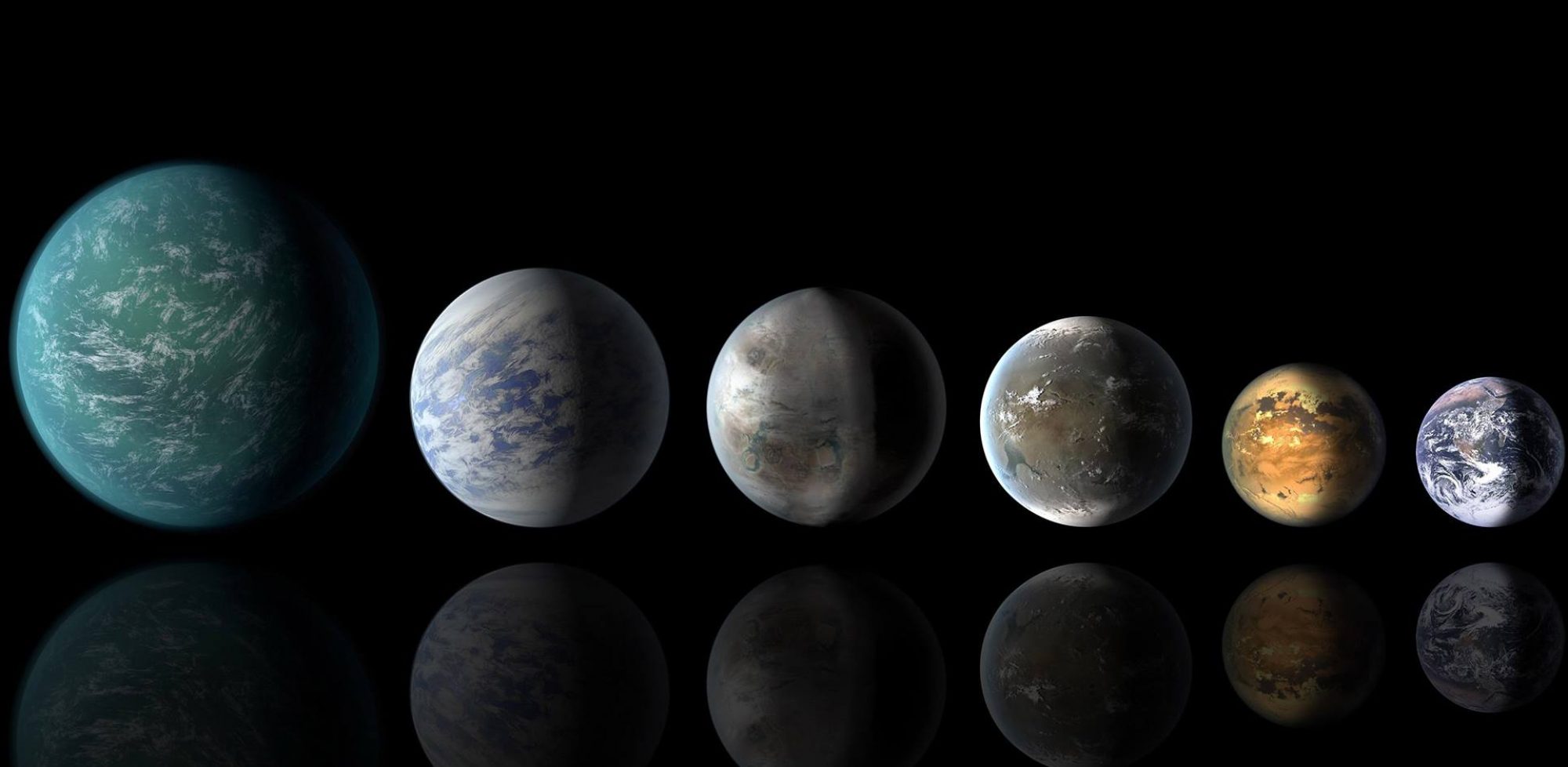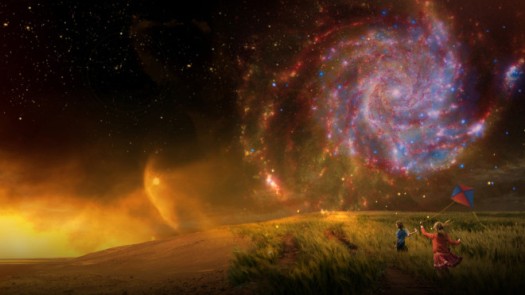
That fields of science can benefit greatly from cross-fertilization with other disciplines is hardly a new idea. We have, after all, long-standing formal disciplines such as biogeochemistry — a mash-up of many fields that has the potential to tell us more about the natural environment than any single approach. Astrobiology in another field that inherently needs expertise and inputs from a myriad of disciplines, and the NASA Astrobiology Institute was founded (in 1998) to make sure that happened.
Until fairly recently, the world of exoplanet study was not especially interdisciplinary. Astronomers and astrophysicists searched for distant planets and when they succeeded came away with some measures of planetary masses, their orbits, and sometimes their densities. It was only in recent years, with the advent of a serious search for exoplanets with the potential to support life, that it became apparent that chemists (astrochemists, that is), planetary and stellar scientists, cloud specialists, geoscientists and more were needed at the table.
Universities were the first to create more wide-ranging exoplanet centers and studies, and by now there are a number of active sites here and abroad. NASA formally weighed in one year ago with the creation of the Nexus for Exoplanet System Science (NExSS) — an initiative which brought together 17 university and research center teams with the goal of supercharging exoplanet studies, or at least to see if a formal, national network could produce otherwise unlikely collaborations and science.
That network is virtual, unpaid, and comes with no promises to the scientists. Still, NASA leaders point to it as an important experiment, and some interesting collabortions, proposals and workshops have come out of it.
“A year is a very short time to judge an effort like this,” said Douglas Hudgins, program scientist for NASA’s Exoplanet Exploration Program, and one of the NASA people who helped NExSS come into being.
“Our attitude was to pull together a group of people, do our best to give them tool to work well together, let them have some time to get to know each other, and see what happens. One year down the road, though, I think NExSS is developing and good ideas are coming out of it.”

One collaboration resulted in a “White Paper” on how laboratory work today can prepare researchers to better understand future exoplanet measurements coming from new generation missions. Led by NExSS member Jonathan Fortney of the University of Clalfornia, Santa Cruz, it was the result of discussions at the first NExSS meeting in Washington, and was expanded by others from the broader community.
Another NExSS collaboration between Steven Desch of Arizona State University and Jason Wright of Penn State led to a proposal to NASA to study a planet being pulled apart by the gravitational force a white dwarf star. The interior of the disintegrating planet could potentially be analyzed as its parts scatter.
Leaders of NExSS say that other collaborations and proposals are in the works but are not ready for public discussion yet.
In addition, NExSS — along with the NASA Astrobiology Institute (NAI) and the National Science Foundation (NSF) — sponsored an unusual workshop this winter at Arizona State University focused on a novel way to looking at whether an exoplanet might support life. Astrophysicists and geoscientists (some paertr of NExSS teams; some not) spent three days discussing and debating how the field might gather and use information about the formation, evolution and insides of exoplanets to determine whether they might be habitable.
One participant was Shawn Domogal-Goldman, a research space scientist at the Goddard Space Flight Center and a leader of the NExSS group. He’s an expert in ancient earth as well the astrophysics of exoplanets, and his view is that the Earth provides 4.5 billion years of physical, chemical, climatic and biological dynamics that need to be mined for useful insights about exoplanets.
When the workshop was over he said: “For me, and I think for others, we’ll look back at this meeting years from now and say to ourselves, ‘We were there at the beginning of something big.”
NExSS has two more workshops coming up, one on “Biosignatures” July 27 t0 29 in Seattle and another on stellar-exoplanet interactions in November. Reflecting the broad reach of NExSS, the biosignatures program has additional sponsors include the NASA Astrobiology Institute (NAI), NASA’s Exoplanet Exploration Program (ExEP), and international partners, including the European Astrobiology Network Association (EANA) and Japan’s Earth-Life Science Institute (ELSI).
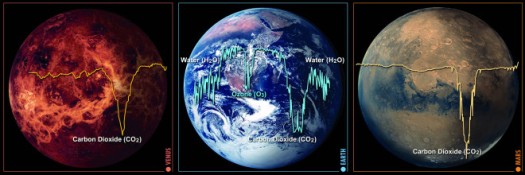
The initial idea for NExSS came from Mary Voytek, senior scientist for astrobiology in NASA’s Planetary Sciences Division. Interdisciplinary collaboration and solutions are baked into the DNA of astrobiology, so it is not surprising that an interdisciplinary approach to exoplanets would come from that direction. In addition, as the study of exoplanets increasingly becomes a search for possible life or biosignatures on those planets, it falls very much into the realm of astrobiology.
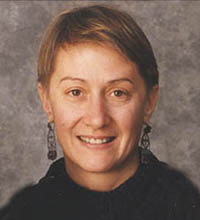
Hudgins said that while this dynamic is well understood at NASA headquarters, the structure of the agency does not necessarily reflect the convergence. Exoplanet studies are funded through the Division of Astrophysics while astrobiology is in the Planetary Sciences Division.
NExSS is a beginning effort to bring the overlapping fields closer together within the agency, and more may be on the way. Said Hudgins: “We could very well see some evolution in how NASA approaches the problem, with more bridges between astrobiology and exoplanets.”
NExSS is led by Natalie Batalha of NASA’s Ames Research Center in Moffett Field, California; Dawn Gelino with NExScI, the NASA Exoplanet Science Institute at the California Institute of Technology in Pasadena; and Anthony Del Genio of NASA’s Goddard Institute for Space Studies in New York City.
All three see NExSS as an experiment and work in progress, with some promising accomplishments already. And some clear challenges.
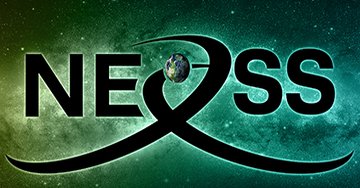
Del Genio, for instance, described the complex dynamics involved in having a team like his own — climate modelers who have spent years understanding the workings of our planet — determine how their expertise can be useful in better understanding exoplanets.
These are some of his thoughts:
“This sounds great, but in practice it is very difficult to do for a number of reasons. First, all the disciplines speak different languages. Jargon from one field has to be learned by people in another field, and unlike when I travel to Europe with a Berlitz phrase book, there is no Earth-to-Astrophysics translation guide to consult.

“Second, we don’t appreciate what the important questions are in each others’ fields, what the limitations of each field are, etc. We have been trying to address these roadblocks in the first year by having roughly monthly webinars where different people present research that their team is doing. But there are 17 teams, so this takes a while to do, and we are only part way through having all the teams present.
“Third, NExSS is a combination of teams that proposed to different NASA programs for funding, and we are a combination of big and small teams. We are also a combination of teams in areas whose science is more mature, and teams in areas whose science is not yet very mature (and maybe if you asked all of us you’d get 10 different opinions on whose science is mature and whose isn’t).
What’s more, he wrote, he sees an inevitable imbalance between the astrophysics teams — which have been thinking about exoplanets for a long time — and teams from other disciplines that have mature models and theories for their own work but are now applying those tools to think about exoplanets for the first time.
But he sees these issues as challenges rather than show-stoppers, and expects to see important — and unpredictable — progress during the three-year life of the initiative.
Natalie Batalie said that she became involved with NExSS because “I wanted to help expedite the search for life on exoplanets.”
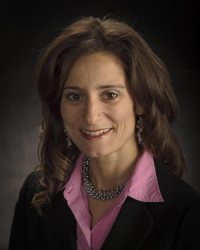
“Reaching this goal requires interdisciplinary thinking that’s been difficult to achieve given the divisional boundaries within NASA’s science mission directorate. NExSS is an experiment to see if cooperation between the divisions can lead to cross-fertilization of ideas and a deeper understanding of planetary habitability.”
She said that in the last year, scientists working on planetary habitability both inside and outside of NExSS — and funded by different science divisions within NASA — have had numerous NExSS-sponsored opportunities to interact, learn from each other and begin collaborations.
The Fortney et al “White Paper” on experimental data gaps, for example, was conceived during one of these gatherings, as was the need for a biosignatures analysis group to support NASA’s Science & Technology Definition Teams studying the possible flagship missions of the future.
Dawn Gelino sees NExSS as an opportunity to speed the pace of addressing and answering open questions in the exoplanet field. “As a community, we’re making progress towards answering some of them faster than others,” she wrote to me.
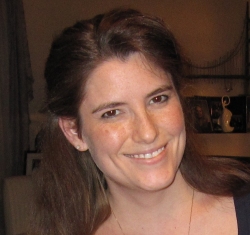
“NExSS gives us an opportunity to look at all of these questions from many points of view. Suddenly, a problem that a team of researchers has been stuck on has the potential to be solved quickly by learning from those in other disciplines who have dealt with similar problems. ”
Gelino said that NExSS is also working with various NASA study and analysis groups, the teams that come together to take on complicated questions and can later guide and sometimes define some of the science of a NASA mission. The discussion and conclusions from the upcoming Seattle biosignatures workshop, for instance, will be taken up by NASA’s Exoplanet Program Analysis Group (ExoPAG).
As a result, Gelino said, “NExSS scientists can share the knowledge gained from their interactions with earth scientists, heliophysicists, and planetary scientists, which broadens the knowledge of the community as a whole.”
In full disclosure, Many Worlds is funded by NExSS but represents only the views of the writer.
